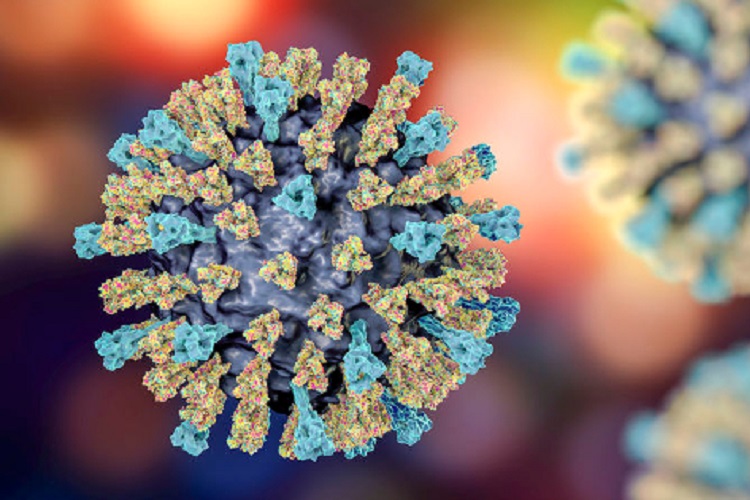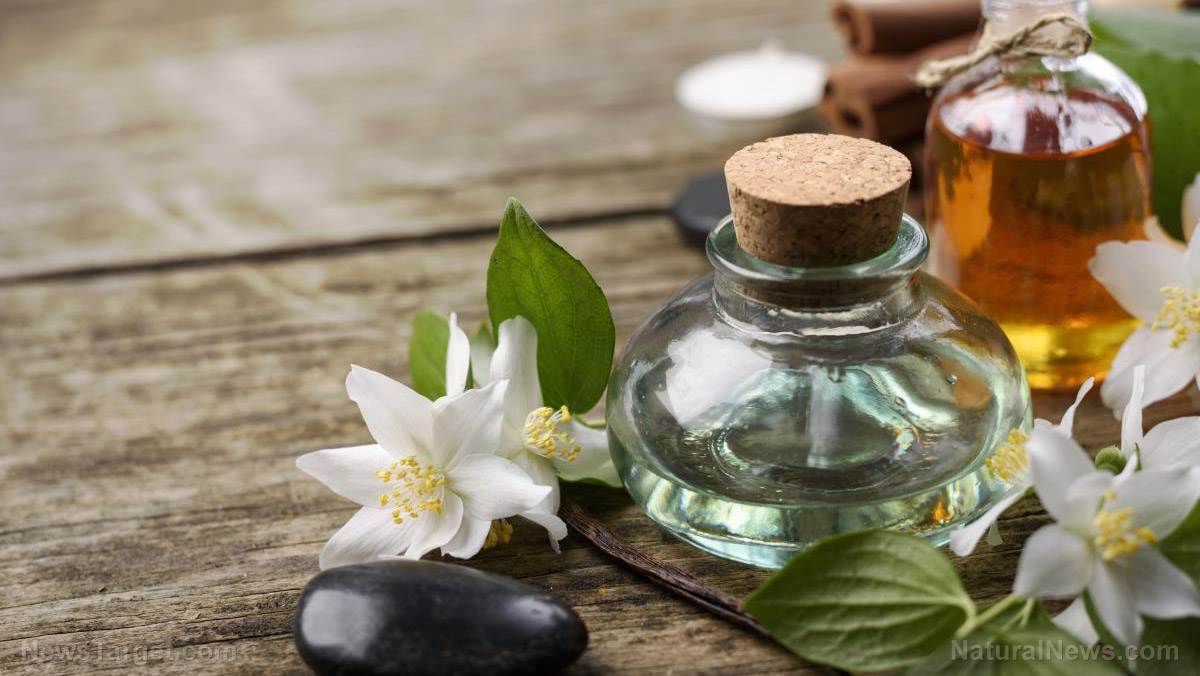NATURAL PROTECTION STRATEGY AGAINST VIRUSES, INCLUDING THE CORONAVIRUS
by Charles K. Bens, Ph.D., The Waking Times:
 What are viruses?
What are viruses?
Viruses are very tiny germs; much smaller than bacteria. They are made up of genetic material with an outside protein exterior. They have some very unique characteristics.
- They are not able to make protein like some other cells.
- They are totally dependent on their host for survival.
- They can only reproduce while inside of a host cell.
- A strong immune system can keep viruses from multiplying.
- In a compromised immune system, the virus inserts its genetic material into a cell and begins to produce more virus in the host cell.
- Each virus has a unique shape, and is attracted to very specific organs in the body, such as the liver, lungs or even our blood.
What are the diseases/illnesses that are caused by viruses?
There is a long list of diseases caused by viruses including:
Treatments for viral diseases
Viruses are very difficult to treat with conventional medical approaches. A few of the more effective treatments include:
- Small pox – A vaccine has been effective.
- HIV – A few medications have proven to be effective.
- Hepatitis C – A few medications have proven to be very effective.
- Flu vaccine – This year’s version of the flu vaccine (2020) is only 10% effective according to a recent study in the New England Journal of Medcine. This study in Jan/Feb. 2020 suggests that this year’s dominant flu virus is unique and stronger than previous strains.
Vaccinations for the flu and measles have not been shown to be consistently effective, but show some promise for the future. These efforts deserve to be continued. However, there are several natural approaches, that deserve to be mentioned, and they are supported by excellent scientific evidence.
Animal caused viruses
Some viruses emanate from contact with animals.
Virus
| Animal cause
|
Plant spread of viruses
Fruits and vegetables can also become infected with viruses. Norovirus contamination can occur before and after harvest from water runoff containing fecal matter, or when infected human touch the plants. Noroviruses do no grow on the plant like bacteria does. They wait until the infection is passed on to a human, and then it begins to multiply. Commercial harvest is safer before most produce it treated with irradiation.
However, when people buy produce at food markets this treatment is not used. A novel method of treatment has been developed by scientists in Quebec, Canada. The combined cranberry juice and citrus extract in a spray for produce such as lettuce and strawberries. Other produce sprays been effectively kill bacteria, but are not as effective on the norovirus. This spray turned out to be very effective. (The study was published online on February 12, 2020 in the Journal of Applied Microbiology).
Human spread of viruses
There are a few viruses that are spread by human contact.
Human transmission
| Virus type
|
Preventing and treating viral disease naturally
There is mounting scientific evidence that a handful of vitamins, minerals and herbs have been shown to be effective in prevention and treatments of many viral influenced illnesses. Below are a few examples of some natural prevention and treatment protocols:
- Measles – In 2002, a study of children with measles, under the age of two, experienced a reduced risk of overall mortality, and pneumonia specific mortality, after taking 200,000 iu of vitamin A for two days. (Pub Med)
- HIV – In 2018, a National Institute of Health study found that low vitamin D3 promotes inflammation and de-activation of key immune system elements. Supplementation with vitamin D3 to levels between 50 – 90 mg/mL can help provide excellent protection.
- Colds and flu – In April of 2012, a study found that low levels of vitamin D3 resulted in an increase in colds, flus and autoimmune diseases. These low levels, under 50 mg/mL, allow for genetic activation of reduced immune function. (Federation of American Scientists for Experimental Biology)
- TB and Hepatitis C – Vitamin D3 deficiency has now been found to have a strong co-relation to the development of TB, hepatitis C and bacterial vaginosis. (Canadian AIDS Treatment and Information Exchange)
- Polio – Nearly 50 years ago, Dr. Frederick Klenner cured 60 people with polio by using multi gram doses of vitamin C. He used both intramuscular and intravenous methods over a two-day period. (Journal of Preventive Medicine – 1974)
- Sepsis – Sepsis is not a virus, but it is a very dangerous infection caused by difficult to treat bacteria. Vitamin C used as an adjunct to anti-bacterial protocols has been shown to be highly effective in reducing the severity and length of the infection. Many lives are being saved in the hospitals using this integrated protocol. (J Crit Care – 2018)
- Viral pneumonia – When Dr. Andrew Saul became ill with viral pneumonia, his doctor offered no treatment. Dr. Saul knew about the work of Dr. Cathcart, who was using mega doses of intravenous vitamin C (200,000 mg daily). Dr. Saul took 2,000 mg of vitamin C orally every six minutes and experienced dramatic relief within hours. After consuming 100,000 mg, he began to experience a considerable reduction of symptoms. (www.doctoryourself.com and Journal of Orthomolecular Medicine)
The special case of the Coronavirus
1. Vitamin C – Coronavirus: Exploring Effective Nutritional Treatments, Andrew W. Saul, Orthomolecular News Service; January 30, 2020. This article is based on more than 30 clinical studies confirming the antiviral power of vitamin C against a wide range of flu viruses over several decades. Vitamin C inactivates the virus and strengthens the immune system to continue to suppress the virus. In many cases, oral supplementation up to 10,000 mg daily can create this protection. However, some viruses are stronger and may require larger doses given intravenously (100,000 to 150,000 mg daily). Vitamin C helps the body to make its own antioxidant, glutathione as well assist the body in the production of its own antiviral called interferon. If IV vitamin C is not available there have been cases where some people have gradually increased their oral dose up to 50,000 mg daily before reaching bowel tolerance. Powdered or crystal forms of high quality ascorbic acid can be taken five grams (5,000 mg) at a time, every four hours. Every virus seems to respond to this type of treatment, regardless of the whether it is SARs, Bird flu, Swine flu or the new Coronavirus flu.
2. Vitamin D3 – Vitamin D helps fend off flu, asthma attacks, American Journal of Clinical Nutrition, March 10, 2010. This was a double-blind placebo controlled study where the treatment group consumed 1,200 IU of vitamin D3 during the cold and flu season, while the control group took a placebo. The vitamin D group had a 58% reduced risk of flu. Vitamin D3 is also very effective in the treatment of virus/flu infections:
Loading...


